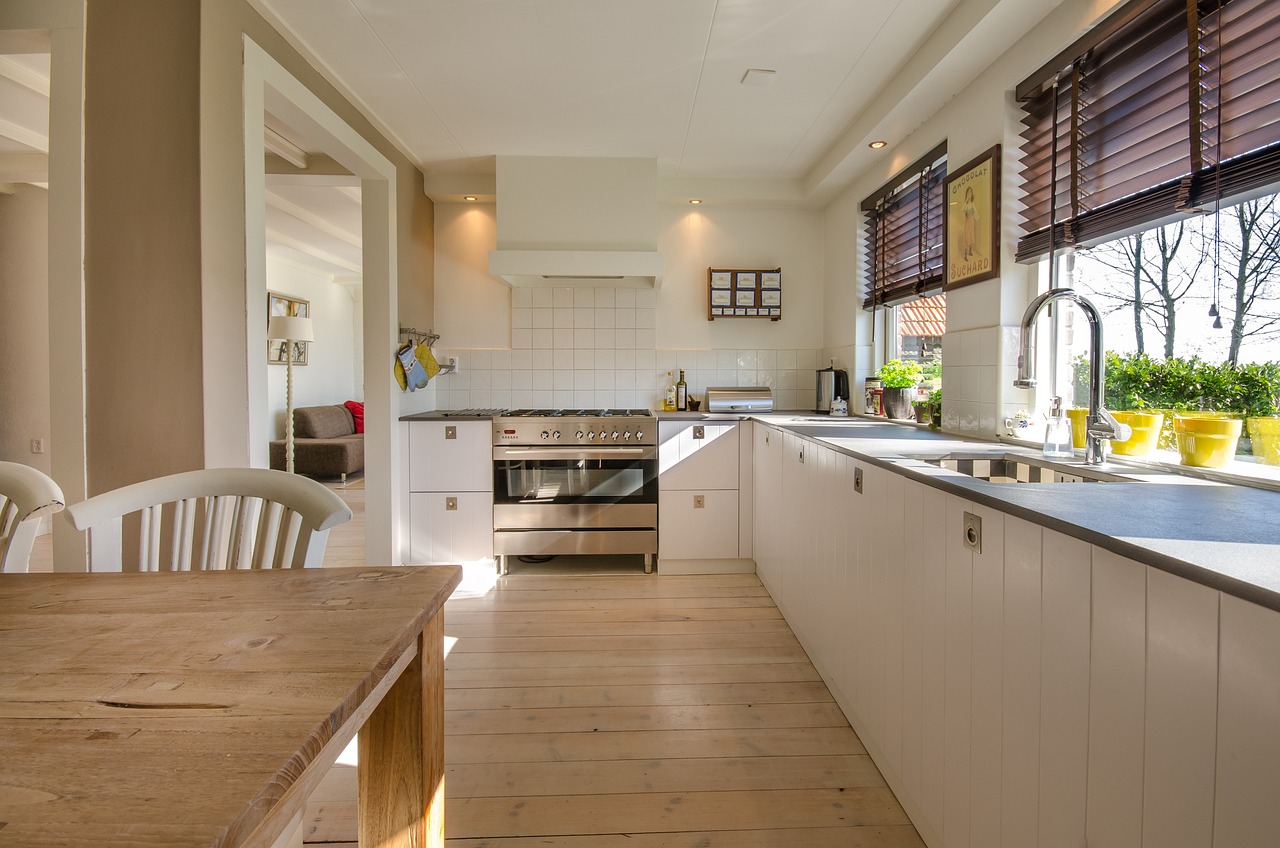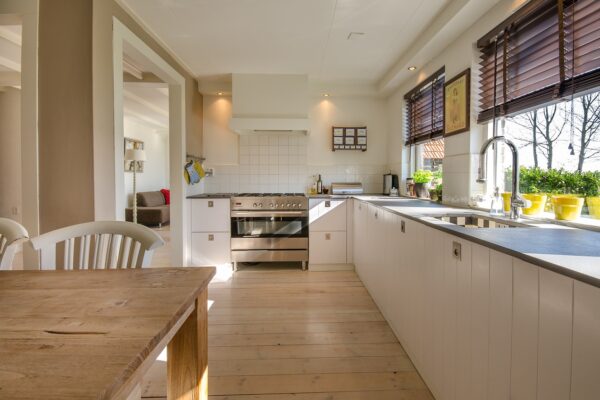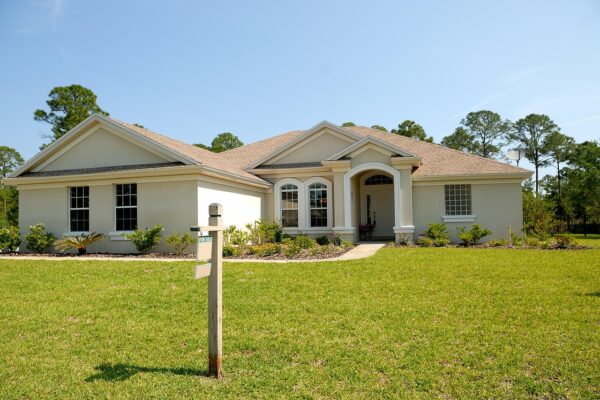Kitchen remodeling transforms outdated or inefficient spaces into functional, modern areas tailored to the homeowner’s needs. It involves updating cabinets, countertops, appliances, lighting, and layouts to improve usability and aesthetics. A successful kitchen remodel balances style, functionality, and budget to enhance the overall value and comfort of the home.
Many design options exist, from small DIY projects like painting cabinets and adding backsplashes to full-scale renovations involving custom cabinetry and smart appliances. Choosing the right materials, layout, and finishes depends on the space size, lifestyle, and preferences.
Professional contractors and remodelers can provide guidance and services to ensure high-quality results. With proper planning and informed decisions, a kitchen remodel can significantly improve daily living and increase a home’s appeal.
Essential Steps for Kitchen Remodeling
A successful kitchen remodel requires clear decisions about design, costs, and workflow. Understanding key factors like planning, budgeting, and layout choices helps avoid mistakes and ensures the renovation runs smoothly.
Planning Your Remodel
Planning begins with assessing the current kitchen layout. Identify which elements work well and which need improvement. This evaluation helps define goals, such as increasing storage, updating appliances, or improving lighting.
Next, gather inspiration and design ideas that suit the home’s style and functionality needs. Create a list of must-haves versus nice-to-haves to focus on priorities during the remodel.
It is essential to research permits and building codes early to avoid delays. Consulting professionals at this stage can clarify technical requirements and provide valuable input on feasibility.
Setting a Budget and Timeline
Setting a realistic budget is crucial. Calculate costs for materials, labor, permits, and unexpected expenses. Allocating a contingency fund of about 10-15% is recommended to cover unforeseen issues.
The timeline should include planning, ordering materials, demolition, construction, and finishing phases. Each stage might have dependencies, so scheduling must allow for possible delays, especially with custom orders.
Clear communication with contractors can help keep the project on track. Regular updates and reviews help address problems early and ensure the remodel stays within budget and time limits.
Choosing Kitchen Layouts
Selecting the right kitchen layout impacts usability and traffic flow. Common layouts include:
| Layout Type | Description | Best For |
| One-wall | All appliances and cabinets on a single wall | Small spaces or open-concept designs |
| L-shape | Cabinets and appliances on two adjoining walls | Moderate space, efficient workflow |
| U-shape | Three connected walls | Larger kitchens, multiple work zones |
| Island | Freestanding counter in the center | Open kitchens, added workspace and seating |
Heavier consideration should go to work triangle efficiency—placement of stove, sink, and refrigerator—to minimize movement during meal prep. Storage needs and electrical/plumbing constraints also influence layout choices.
Key Kitchen Remodeling Decisions
Kitchen remodeling involves choices that affect style, durability, and function. Decisions about materials, cabinetry, and lighting shape how the space performs and looks. These elements are essential for creating a kitchen tailored to daily use and long-term satisfaction.
Selecting Materials and Finishes
Choosing materials impacts both the kitchen’s appearance and lifespan. Countertops made from quartz or granite offer durability and resistance to stains and heat, while laminate surfaces provide a cost-effective alternative. Flooring options like hardwood or tile balance style with maintenance needs.
Finishes must complement the overall design. Matte or glossy cabinet surfaces, brushed or polished hardware, and backsplash materials should align with the kitchen’s style and must be easy to clean. Proper material selection helps avoid costly repairs or replacements down the line.
Cabinetry and Storage Solutions
Cabinet design should maximize space while fitting the kitchen’s dimensions. Custom or semi-custom cabinets provide tailored storage but require a bigger investment. Stock cabinets offer budget-friendly options without customization.
Storage innovations such as pull-out shelves, built-in spice racks, and deep drawers improve accessibility. Using vertical space with tall cabinets or open shelving increases storage without cluttering the room. Prioritizing function alongside style helps keep the kitchen organized and efficient.
Lighting Design
Lighting affects both ambiance and task performance. A layered approach combining ambient, task, and accent lighting works best.
Ambient lighting: ceiling fixtures or recessed lights evenly illuminate the space.
Task lighting: under-cabinet LEDs offer focused light for food preparation.
Accent lighting: pendant lights or spotlights highlight design features or dining areas.
Dimmers add flexibility by adjusting brightness according to time and activity, improving energy efficiency and comfort.








